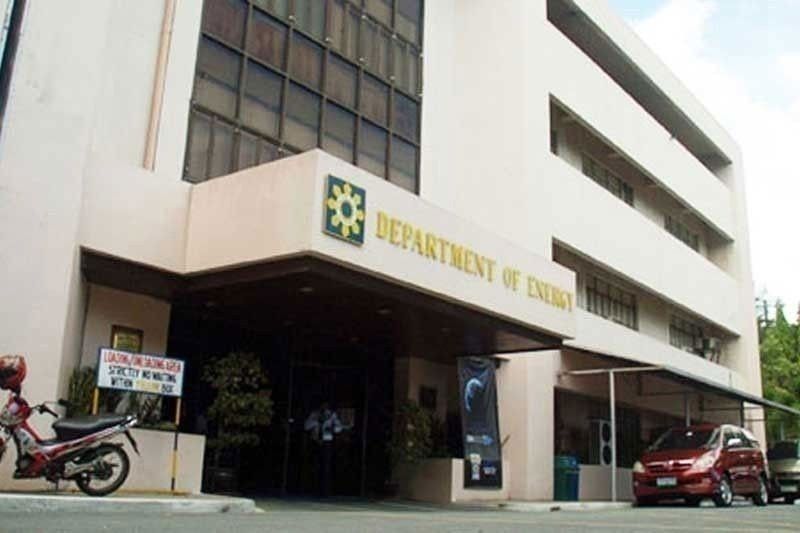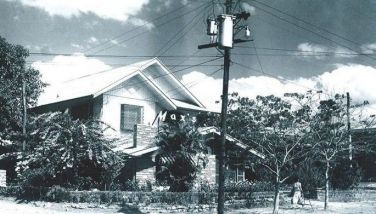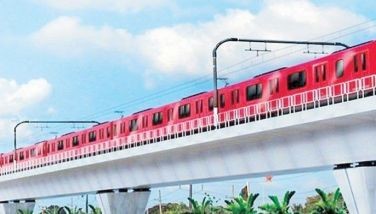Expensive and unreliable


Probably a bigger reason why we find it difficult to attract FDIs is our expensive and unreliable power supply. This consideration has a direct and clear implication on the bottom line.
Last Tuesday, NGCP’s Anthony Almeda sent me a Viber message that yellow and red alerts were declared as 19 power plants shut down unexpectedly while three others were running on derated capacities, for a total of 2,117.3 MW unavailable to the grid. Our available capacity was 13,537 MW against a peak demand of 13,024 MW. DOE says the peak demand was at 13,222 MW by Thursday. We avoided blackouts in Metro Manila by the skin of our teeth.
Later, it was reported that the red alert was raised over Luzon and Visayas after a total of 31 power plants went offline while eight more are at derated capacity.
The DOE projected demand to increase to a high of 13,125 MW last year. They were also expecting additional available capacity in the grid estimated to bring our total to about 14,730 to 15,800 MW, which leaves enough to have operating reserves during the summer months. This year however, our dams were dried out by El Niño. And the required operating reserve is already at around 1,800 MW. Simultaneous forced outages of baseload plants, as what happened last Tuesday, placed the grid at risk.
It is easy to see why our power supply situation is precarious. According to the DOE, 50 percent of our installed capacity comes from power plants that are 20 years old or older. Old coal plants require more maintenance but even that cannot help avert unplanned outages, as we have experienced.
San Miguel’s Ramon Ang observed in a media report last year that “with our economy growing back to normal, the demand on our power system is also returning to its historical growth of five to seven percent prior to the COVID-19 pandemic. At the same time, the power facilities that account for much of the net reliable and baseload capacities in Luzon continue to age beyond their cost-effective, useful lives.”
Ang continued: “With demand fast catching up to, and quite possibly outpacing system capacity, coupled with the unreliability and inefficiency of existing power plants, there could be rotating power outages beginning the summer months. It is, therefore, important that both government and industry players work together to achieve optimum efficiency in terms of power generation.”
Over the long-term, Ang says the government needs to ensure construction of new power facilities that will provide additional 6,000 MW of reliable baseload capacity, to replace the portion of Luzon’s net dependable power generation that are sourced from power plants over 20 years old.
“Government should also continue push for the integration of more RE sources into the Philippine grid to help us transition to a clean energy future, but with the provision of sufficient ancillary services for frequency control,” Ang says.
“But the fastest way we can keep supply in sync with demand is to come up with programs that will promote an energy conservation mindset among power consumers,” he adds.
Source diversification is an obvious strategy to take. DOE figures show that 58 percent of the country’s electricity comes from power plants running on coal; 22 percent from renewable energy (RE); 17 percent from natural gas, and one percent from oil.
Under EPIRA, however, putting up power plants is the realm of the private sector. Government through the DOE, can only encourage investors to build.
A DOE Usec was quoted in a news report last year saying “there are several committed power projects with a combined capacity of 1,074 MW. Of these, 250 MW are coal-fired power plants, 11 MW oil power plants, 46 MW geothermal, 7.4 MW biomass, 31.36 MW hyrdro, 480.5 MW solar and 110 MW wind.”
It was suggested that our current supply problems could have been avoided if the RE plants in the pipeline were completed on time.
“If not for the pandemic, our renewable energy sources are online now. But upon checking with the renewable energy generators, the development of RE projects really slowed down. The situation would have been okay by now. We will be able to catch up with the construction of RE plants in another two years,” the Usec said.
But there are other problems even if DOE’s RE dreams come true. Solar and wind are not dependable 24/7 and back up coal or natural gas plants will still be required.
At a symposium last year, Manuel Rubio, the head of Aboitiz Power warned of some caveats.
“There are a lot of discussions about renewable energy at all costs and yet what’s not being discussed is the impact of a deep penetration of variable renewable energy into the grid…To balance the variability, you need a stable source of energy: gas or coal,” Rubio explained….
“The problem is, you’re only talking about the peso-per-kilowatt hour when solar is generating power. But what happens when there is no more sunlight? Then you’d have to come up with a balancing power plant to meet that.
“When renewable power plants are generating, it’s cheap because there’s no fuel. But when it’s not producing anymore, you need something to put there, and that should be in the equation when you compute the full cost of electricity.”
So, the discussion continues. A big bet on RE is good and bad at the same time. For sure, we will still have problems when the sun’s not shining or the wind is not blowing. Using storage batteries is required and that adds more costs as well.
Nothing is simple with our power supply problem but good policies and no red tape will encourage investors to build the power plants we need.
Boo Chanco’s email is bchanco@gmail. com. Follow him on X or Twitter @boochanco.
- Latest
- Trending






























